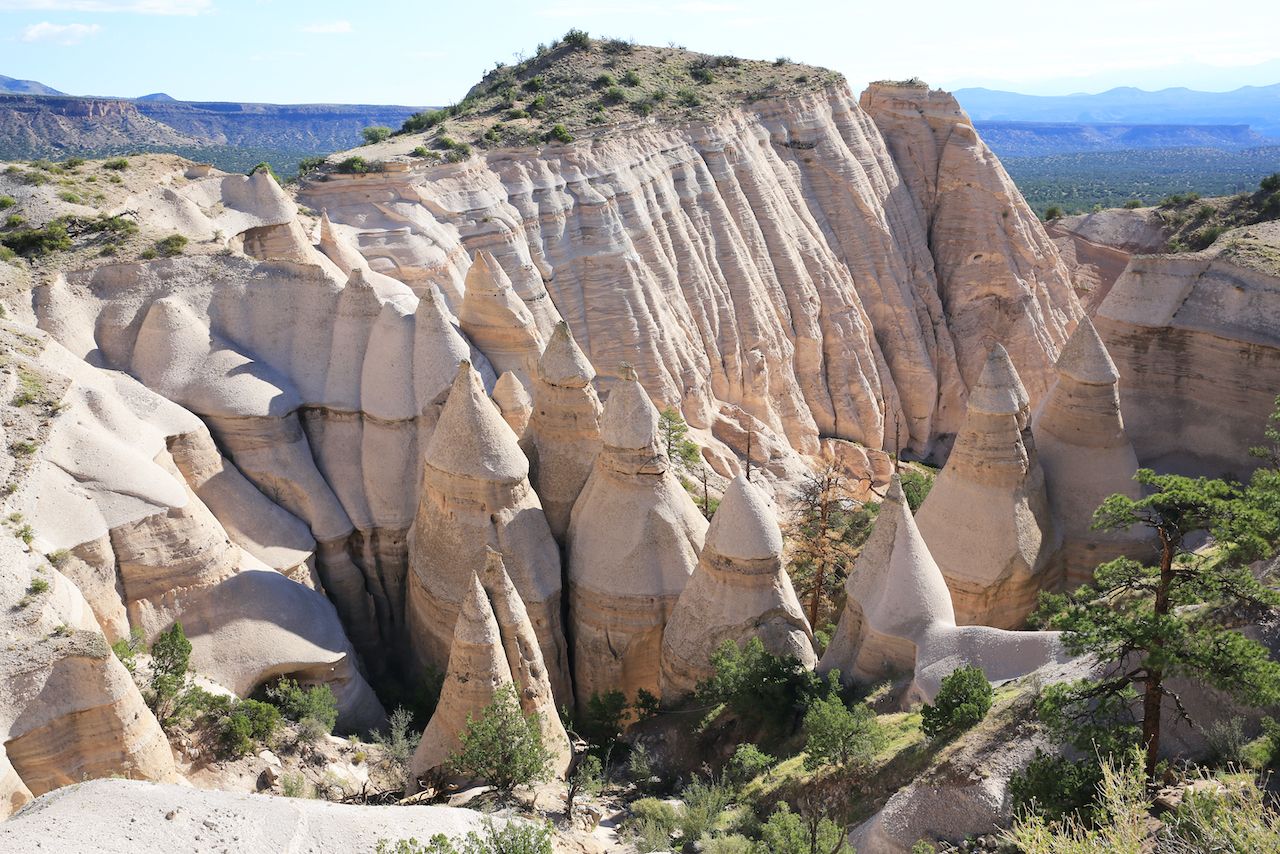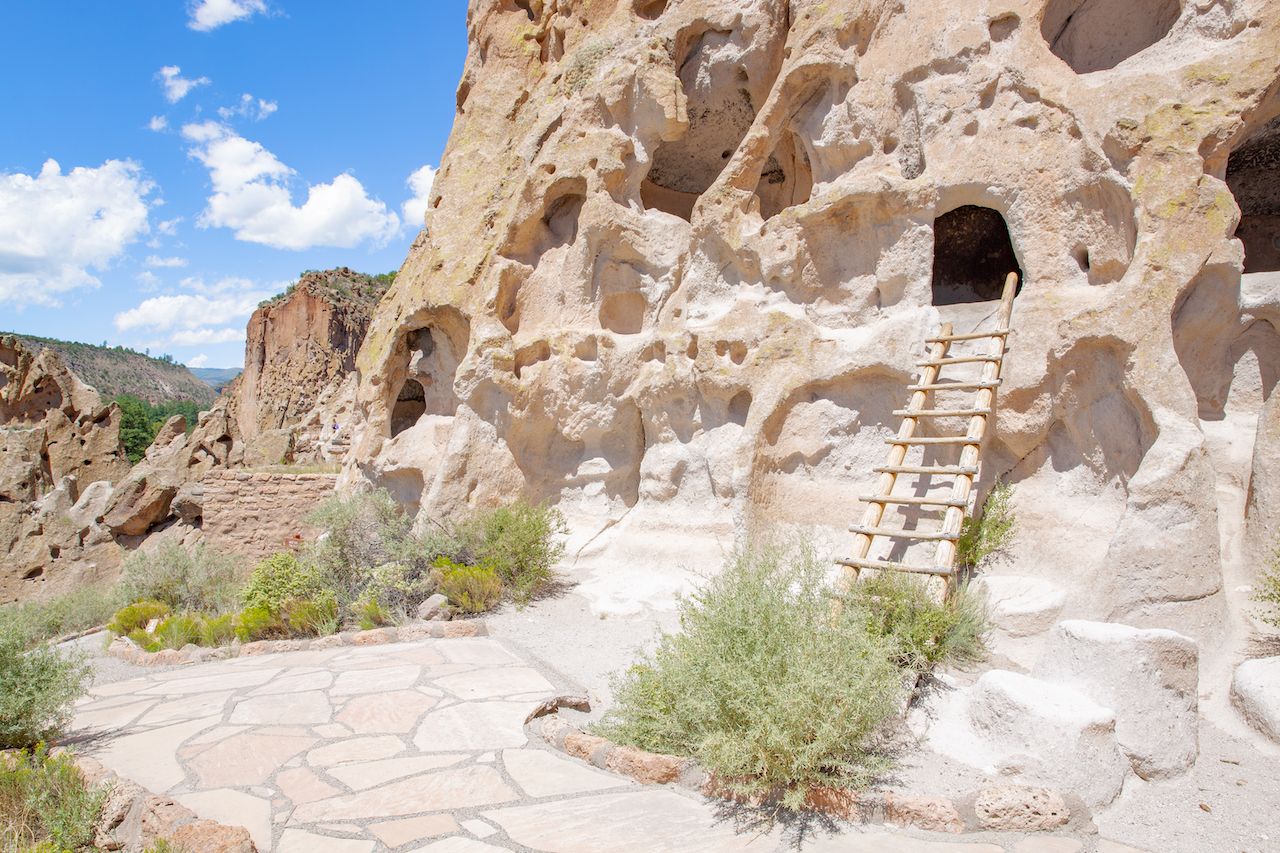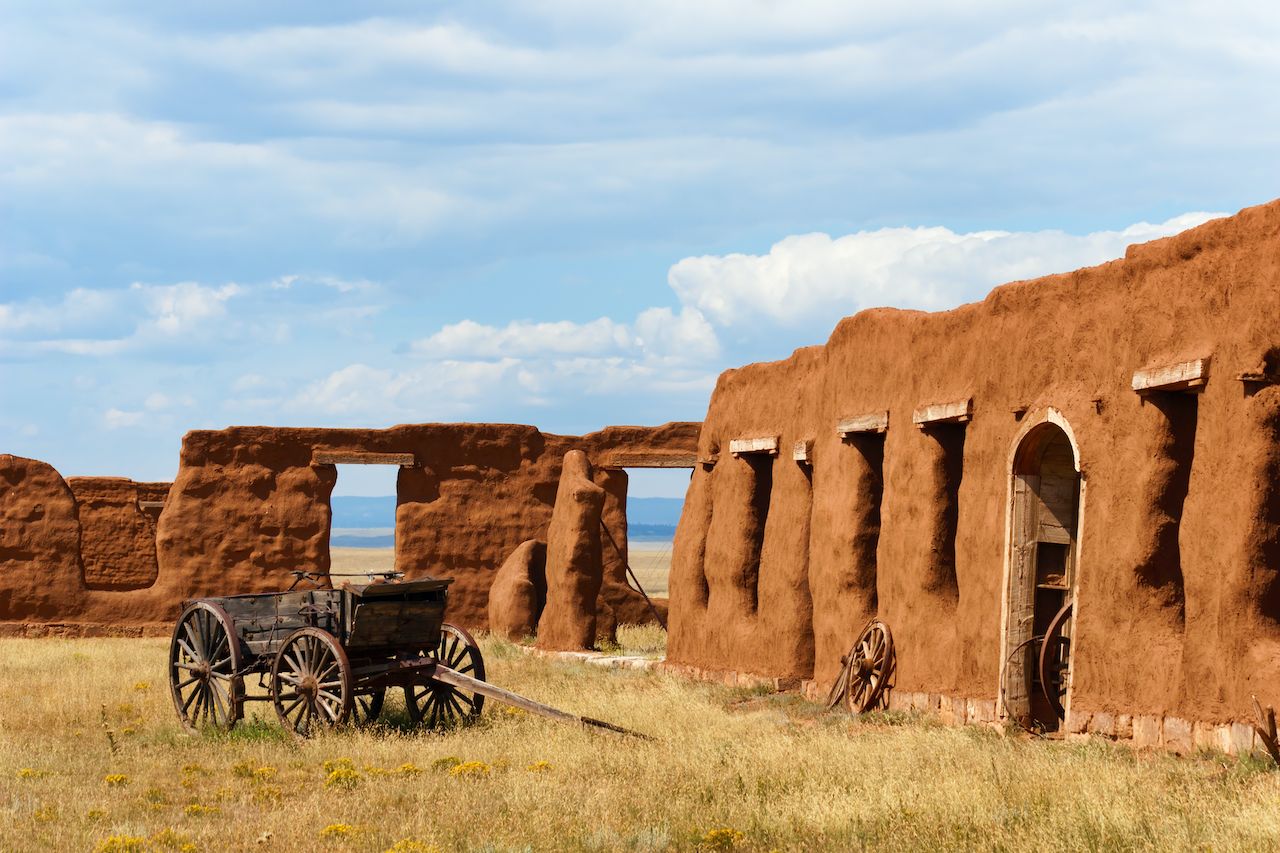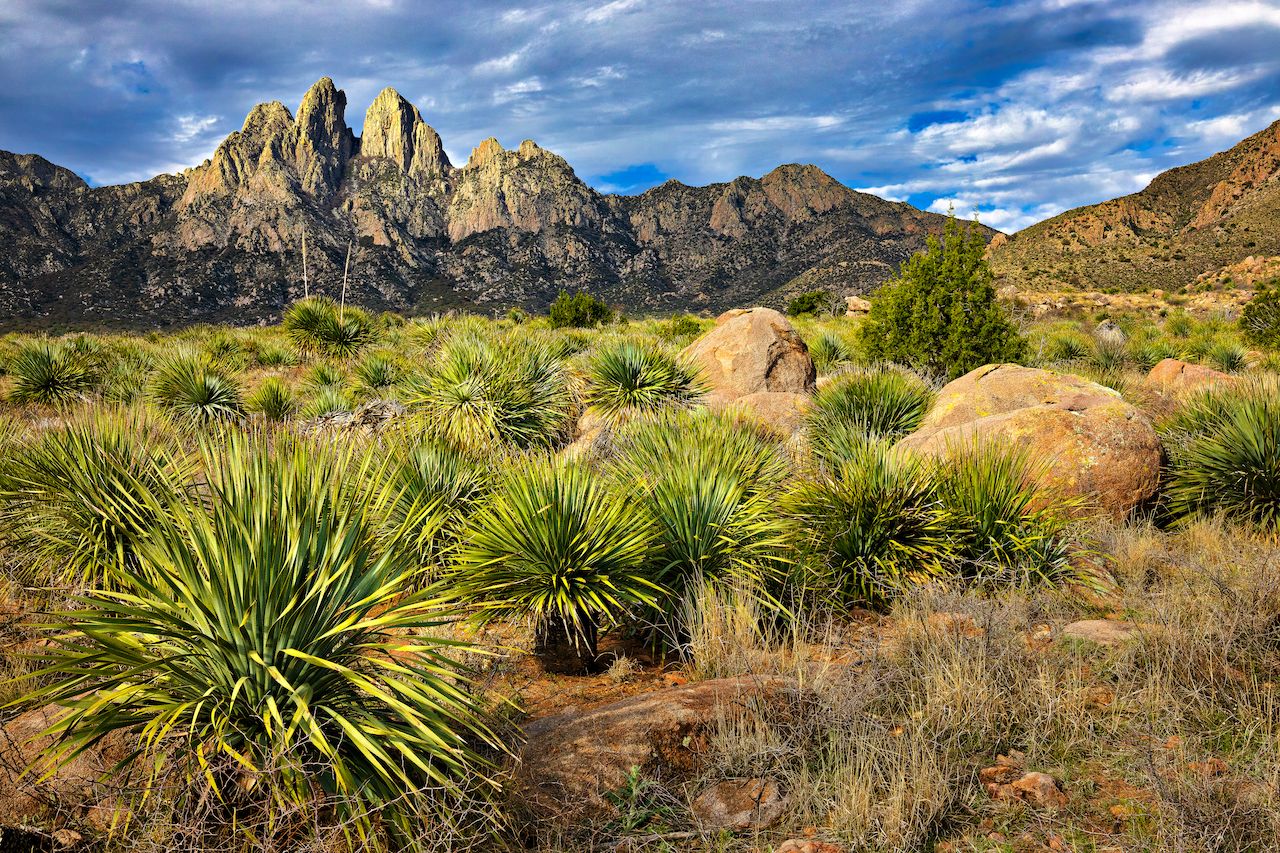Road trips have the unique ability to make you feel like you’ve thoroughly explored a region on a Lewis and Clark-esque journey. In reality, even the most extensive road trips leave many stones unturned, especially in states with seemingly limitless natural beauty. New Mexico would probably take months on the road to fully explore. That’s okay. You don’t have to see every inch of New Mexico on one tank of gas, but the state’s famous national monuments are a good place to start.
In fact, only California and Arizona have more national monuments, and we aren’t even counting New Mexico’s national historic parks. Rather than visit all 11 national monuments, we’ve listed our favorites among them, which will give you a feel for what makes this state’s geography so unique and memorable. Whether it’s a volcanic field up north or a white-sand desert down south, New Mexico’s unusual landscapes are just waiting to be visited. Here’s how to plan the perfect New Mexico road trip through its epic national monuments.







